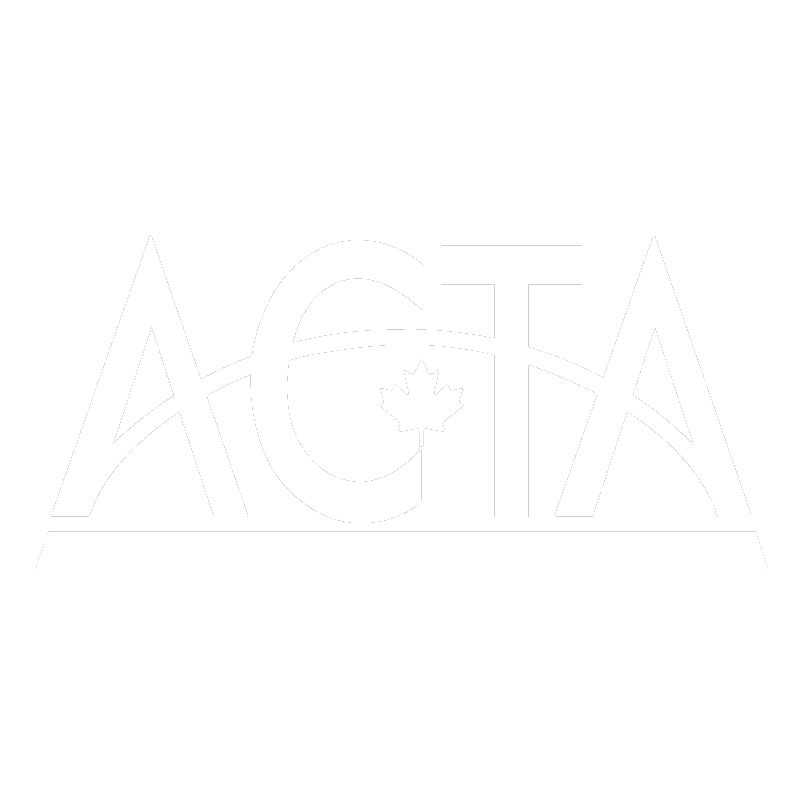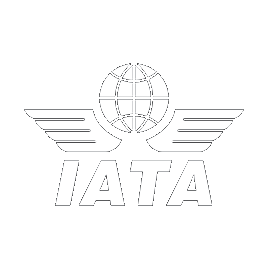19-11-2019
Modernization of Nexus Facilities
Groupe Voyages VP
The Canada Border Services Agency (CBSA) has proudly announced that the iris recognition devices used to date will now be replaced by modernized devices with facial biometric recognition technology. The first Canadian airport to receive this new technology is Vancouver International Airport in the fall of 2019, and the facility will continue at nine Canadian international airports in the following months:
- Halifax Stanfield International Airport
- Montréal-Pierre Elliott Trudeau International Airport
- Ottawa Macdonald-Cartier International Airport
- Calgary International Airport
- Edmonton International Airport
- Toronto Pearson International Airport
- Winnipeg James Armstrong Richardson International Airport
- Billy Bishop Toronto City Airport
This transition requires collaboration from you. At your first visit to a facial biometric recognition posts, you will need to have your passport in hand. Then you will be asked to upload your passport photo for retention and verification of your identity. If you do not have your passport when you first move to a new facial biometric recognition posts, you will automatically be directed to an agent to verify your identity. This simplified facial biometric identification method is for NEXUS participants traveling by plane. In an effort to improve its services, the CBSA decided, without compromising the safety of its facilities, to follow the global trend of modernizing the NEXUS Traveler Control Program. Important point to remember: the declarations are not complete at the declaration posts. In the event that you have something to report, you must absolutely do it verbally to an officer at the place clearly indicated in the customs area immediately after using the facial recognition station. To find out more about your reporting responsibility, visit the I Declare webpage.
These transformations will accelerate the control of NEXUS air travelers and improve the transition experience in the customs area.
For land and / or sea transportation, visit :
The collection, use and exchange of information is protected by the privacy laws of Canada and the United States. For example, the CBSA protects personal information in accordance with the federal Privacy Act. The security and confidentiality of personal information has been taken into account in all elements of the workstation design and system architecture. Although new positions are provided by airport authorities, they are built to CBSA standards and must be certified before they can be activated. No personal information is kept on the post. The only information retained is securely stored in CBSA systems in accordance with government information, privacy and security policies. To learn more about this initiative, including how to use the new NEXUS Face Check Stations, please visit NEXUS Air.
From a publication of the Travel Programs Directorate Canada Border Services Agency







